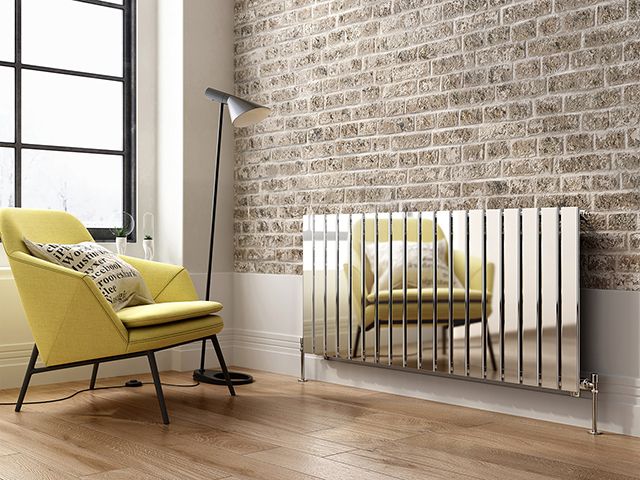
11 ways to keep mould and damp at bay
While January might not be everyone’s favourite month, there’s plenty to love about this time of the year. Hunkering down, cosying up and nestling in front of the fire to name but a few.
But while we enjoy the benefits of snuggling inside, the cold weather can bring with it some unwelcome signs of mould and damp, which are more likely to make an appearance in the winter months.
Statistics reveal around 8% of homes in England have some form of damp problem, while over half (58%) of privately rented households have damp, mould or are excessively cold.
The NHS estimates it could save £38 million per year on treating patients with damp and mould-related illnesses if damp problems were rectified. And if left unchecked, mould and damp can eventually cause some pretty serious problems in the home, both structurally and aesthetically.
“Damp is often the precursor for mould in the house and is often the result of excess air condensation in the winter,” explains Ryan Calvert, product manager at Hiatt Hardware.
“Winter is a prime time for mould to infest your home – as we unintentionally obstruct the necessary ventilation by keeping our windows and doors closed more often (in an attempt to stay warm) – this causes an increase in condensation which later facilitates mould growth.”
Here are the top tips for preventing mould and damp building up in your home.
Think twice about drying clothes on a radiator
It might seem a quick fix for those without a tumble dryer, especially while the dreary weather means we’re unable to hang our clothes out on the line, but using radiators to dry wet clothes causes a number of issues – including mould and damp.
“The problem with drying clothes on radiators is that it leads to higher amounts of condensation due to the lack of airflow from having your radiators covered, which leaves moisture lingering in your rooms – and that’s when the issues start to arise,” explains Nancy Emery from Only Radiators.
Drying clothes indoors will also release moisture into the air, and the amount of water in wet clothes can be equal to litres, so once that water evaporates, it has to go somewhere.
“All of that water will then ride along an air current until it sticks to the first cold surface it meets, creating the perfect environment for mould to grow,” she adds.
The solution? Ventilation, ventilation, ventilation.
“You don’t have to have your windows wide open in the middle of winter to create some ventilation; many windows can be locked in a position where a thin crack can allow some necessary airflow,” explains Emery.
“Windows are also your first line of defence against condensation and mould. So, if you must dry your jeans on your radiator, then make sure the radiator is under an open window.”
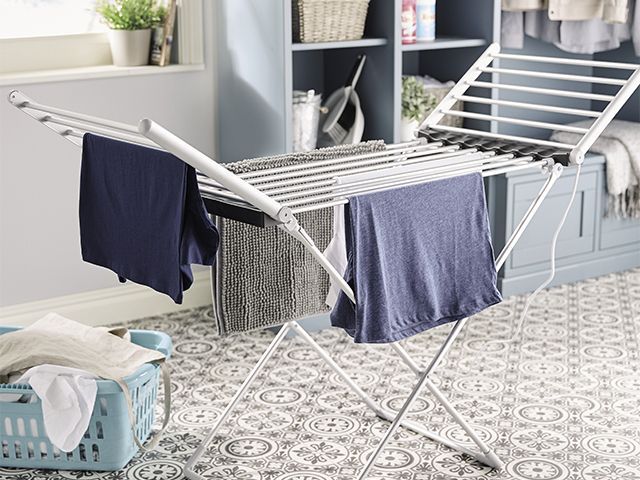
Declutter and dehumidify
Dust is a food source for mould and encourages growth, so cleaning regularly will help eliminate the fungi in its early stages.
“It is important to regularly clean extractor fans as they allow for important ventilation throughout the winter season – it’s common for debris and dust to build up over time, so removing this ensures they keep working as they should,” explains Calvert.
“Dust can also gather when we have large collections of items cramped inside cupboards and cabinets. Lots of items in storage could also help mould growth by increasing humidity and making airflow difficult so it is important to have a clear out.“
If you can’t reduce your storage and want to remove excess moisture from the air, then a moisture trap or dehumidifier can also be a good option.
“These do not always have to be fancy contraptions; small moisture traps on your windowsill and outer shelves can draw excess moisture away and prevent mould build-up,” Calvert adds.
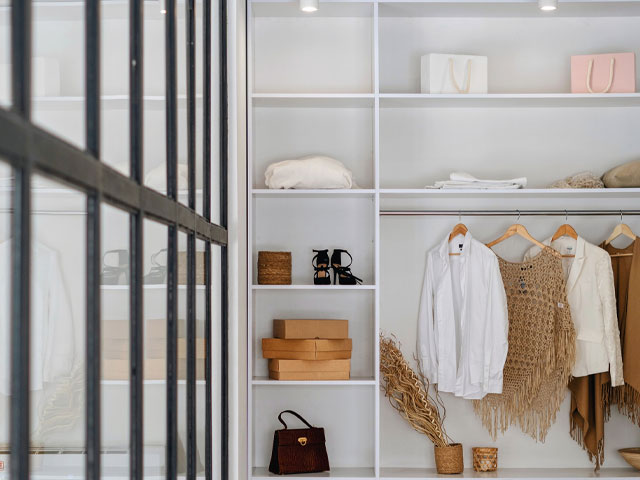
Clean your carpets
Whilst you probably associate mould with black dots scattered all over your walls, sometimes it can be invisible and right under your feet… literally!
“Carpets are extremely porous, meaning if they get wet, they’re likely to hold the water – which will create the perfect environment for mould to grow,” explains Emery, who is also a cleaning expert at Tap Warehouse.
Often, you’ll also be able to smell an odour coming from carpets, but other times it’s difficult to know before it’s too late.
“To prevent a build-up, it’s crucial to invest in high quality carpet padding which has antimicrobial properties,” Emery continues.
“It’s slightly on the more expensive side, but it will be a worthwhile investment in the long run. It’s also important to regularly vacuum carpets and get them professionally cleaned every now and then.”
Add in some plants
As well as adding decoration and colour to a room, green plants can help improve the environment and could aid in keeping the air dry.
“English ivy, peace lilies, palms, orchids and snake plants are great for removing mould spores,” Emery explains.
“However, it’s best to not rely solely on green plants as a method of preventing mould as they only remove a small amount of the water from the air, so it’s best to use other methods alongside this.”
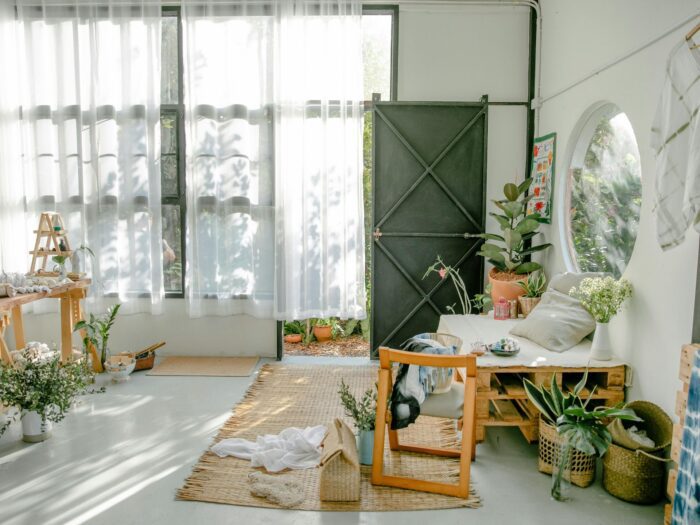
Heating and insulation
With the cost of living continuing to bite, heating is something a lot of people avoid turning on in a bid to keep the costs down. However, it’s important for your home to have adequate heating and insulation to prevent a build-up of mould.
“Temperatures should be kept between 19-22 degrees in kitchens, bathrooms and living rooms, whereas bedrooms should be between 16-20 degrees,” explains Emery.
You also need to be sure the room has an appropriately sized radiator to help regulate the room temperature.
“You can be sure you have the right size radiator for your space by calculating the BTU (British Thermal Unit),” Emery continues.
“A room’s BTU requirements depend on things like floor space and vertical height, whether or not the room possesses external walls and the amount of wall space covered by windows.”
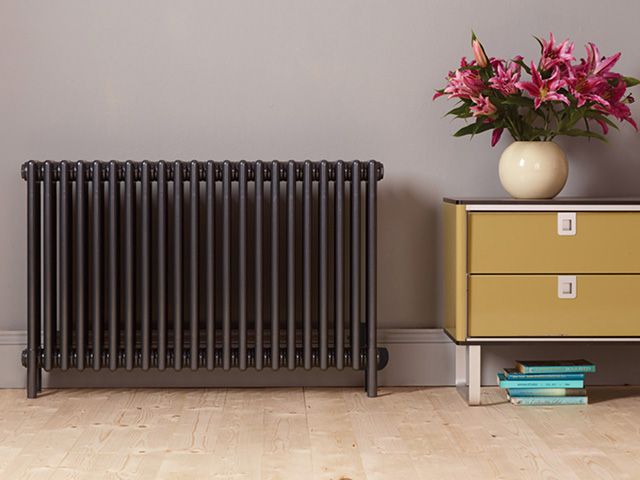
Utilise pan lids when cooking
An additional step to prevent condensation is to ensure that you are covering pans with lids when cooking or boiling water in the kitchen.
“Steam rising from hot food or boiling pots adds a large amount of moisture to the air, causing condensation, which can eventually lead to dampness and mould forming in the kitchen, especially during the winter months,” explains David Chapman, owner of Ultimate Mats.
Other condensation-reducing tips include putting cold water in first before adding hot when you have a bath, which can reduce steam by up to 90%.
Consider a heated towel rail
Paired with proper ventilation, a heated towel rail is a perfect way to avoid mildew-smelling clothes, asthma risk and black mould.
“Plus, they create the added bonus of warm towels whenever you want them, perfect for the colder months,” Emery adds.
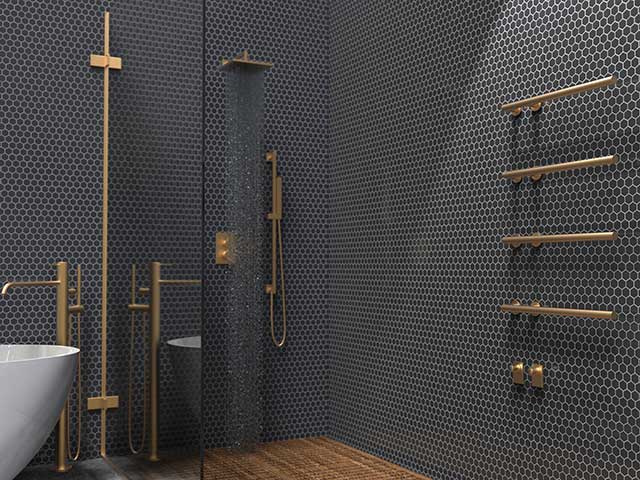
Sleep with your bedroom windows slightly open
Although it can be tempting to sleep with your bedroom windows closed in the chilly winter months, according to Chapman keeping your bedroom windows slightly ajar is an ideal way to reduce the humidity, and prevent condensation and mould from developing in your bedroom while you sleep.
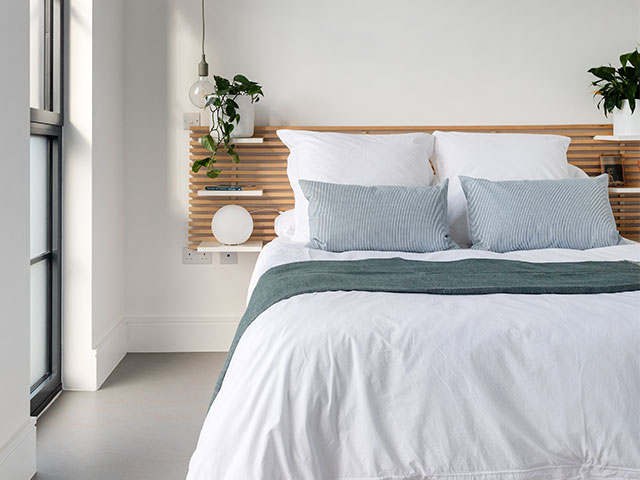
Position furniture away from external walls
Condensation will commonly occur if your furniture is touching a cold external wall, and can lead to damp and mould developing on the walls.
“It is vital to ensure there is enough room for air to flow freely between the external wall and furnishings,” explains Chapman.
“Positioning your furniture away from external walls can greatly reduce the amount of condensation and risk of dampness in these areas of the home.”
Invest in a dehumidifier
A dehumidifier is essentially the best method for preventing condensation in the home.
“These handy gadgets work by removing the water from the air. This means that there is no air moisture to condense on surfaces around the home, impeding the growth of dampness and mould around the home,” explains Chapman.
“You can purchase small dehumidifiers to work in one particular room or make a larger investment into a whole house dehumidifier.”
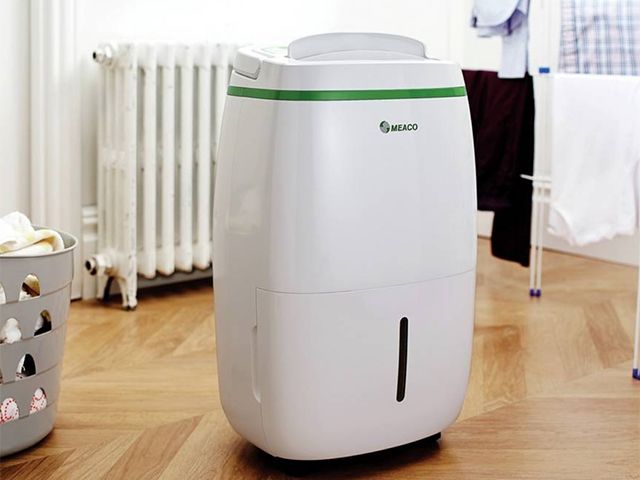
Invest in double-pane windows
If you have single-pane glass windows in your home, you will find that condensation is a common occurrence, especially in the winter months.
“If you are able to, consider investing in double-pane windows to protect your home moisture damage in the months and years to come,” Chapman adds.




